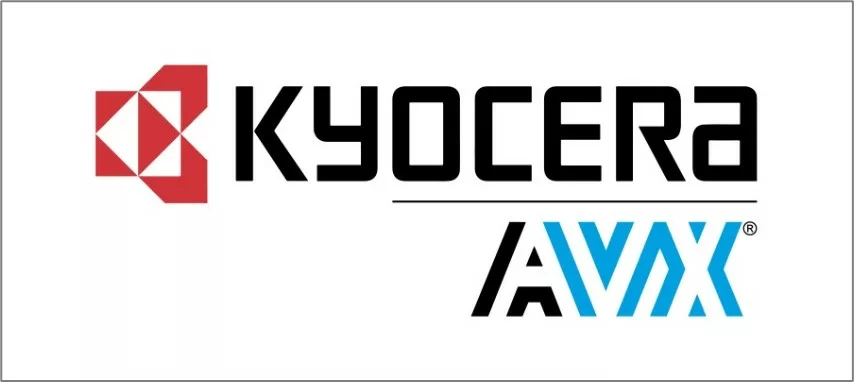 As electronics advances, a common design concern centers on how electronic products perform in ever-changing EMC environments, Kyocera
As electronics advances, a common design concern centers on how electronic products perform in ever-changing EMC environments, Kyocera
AVX explains
Although engineering teams design EMC hardness into their systems early in the design process last minute changes or design additions can occur. This complicates the purchasing process given component lead times in today’s post pandemic environment. Given the availability of EMC solutions could shut down manufacturing and shipping, a high-level discussion of EMC trends, solutions and industry efforts is in order.
EMC challenges
Regulations and advanced semiconductors are two trends making it harder for design teams to meet EMC system requirements.
Firstly, government and regulatory agency performance requirements are generally expanding and getting more stringent over time. More device types fall into the regulation’s intent and tighter requirements are being applied to some existing designs. Generally speaking, designers know what performances are needed but those goal lines are evolving over time.
Secondly, to achieve the added functionality typical in new electronic devices, designers might choose the latest, most powerful ICs. That may translate into lower voltage rails, faster speeds and smaller internal geometries—all rendering the system more likely to emit radiation and be more susceptible to radiation or transient effects. Even older ICs have potential for new EMC issues since manufacturers may shrink die sizes and geometries to cost reduce older technology ICs.
Either scenario can translate to the first BoM sent to purchasing being revised late in the process due to changes implemented to pass EMC regulations. A possible worst-case scenario is no PCB room for revisions, requiring a board spin and new components.
Opportunities
Several component manufacturers have noted the changing regulations and possibility of unforeseen design performance potentially creating a nightmare scenario for purchasing groups and design engineers.
Multilayer varistors (MLVs) are a single package component with the equivalent performance of two discrete components: a capacitor and bi-directional transient voltage suppression (TVS diode). This combination lets designers achieve both EMC filtering and transient suppression without a board layout change.
MLVs have electrical advantages designers find attractive, such as a broad range of electrical characteristics, high current and transient energy capability. Quality teams find MLVs attractive since they offer increased reliability and multiple grades of certified quality performance. Board layout and manufacturing teams find MLVs attractive since two components are in a single package, saving pick and place time.
An example of before (three components) and after (one MLV) is shown opposite. The MLV can be placed on the capacitor pad and offers better electrical performance than the three components shown in the before configuration. Board space and weight is greatly reduced.
Finally, purchasing teams find MLVs to potentially be a cost reduction with multiple manufacturers and short lead times.
